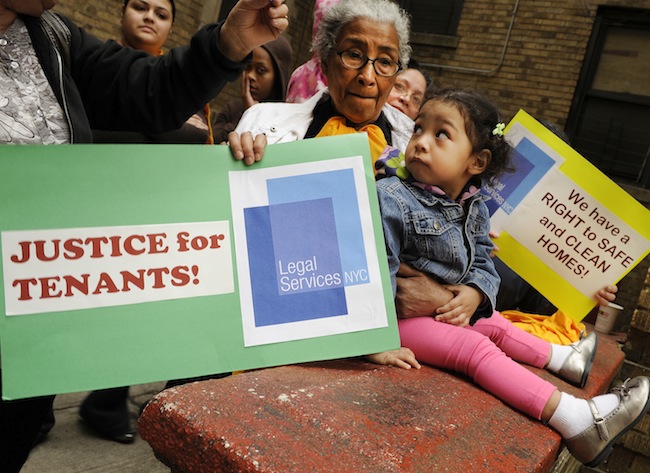Lead in petrol caused a crime wave in the West and makes her enemies kill each other
CRIME. It’s not about wealth, greed, capitalism, statism, Facebook, games or video nasties. It’s about lead. Geroge Mobbiot has read a Mother Jones article on lead poisning. He writes in the Guardian:
At first it seemed preposterous. The hypothesis was so exotic that I laughed. The rise and fall of violent crime during the second half of the 20th century and first years of the 21st were caused, it proposed, not by changes in policing or imprisonment, single parenthood, recession, crack cocaine or the legalisation of abortion, but mainly by … lead.
I don’t mean bullets. The crime waves that afflicted many parts of the world and then, against all predictions, collapsed, were ascribed, in an article published by Mother Jones last week, to the rise and fall in the use of lead-based paint and leaded petrol.
It’s ridiculous – until you see the evidence.
Kevin Drum had noted:
….it’s not just New York that has seen a big drop in crime. In city after city, violent crime peaked in the early ’90s and then began a steady and spectacular decline. Washington, DC, didn’t have either Giuliani or Bratton, but its violent crime rate has dropped 58 percent since its peak. Dallas’ has fallen 70 percent. Newark: 74 percent. Los Angeles: 78 percent.
There must be more going on here than just a change in policing tactics in one city. But what?
Lead?
The biggest source of lead in the postwar era, it turns out, wasn’t paint. It was leaded gasoline. And if you chart the rise and fall of atmospheric lead caused by the rise and fall of leaded gasoline consumption, you get a pretty simple upside-down U: Lead emissions from tailpipes rose steadily from the early ’40s through the early ’70s, nearly quadrupling over that period. Then, as unleaded gasoline began to replace leaded gasoline, emissions plummeted.
Gasoline lead may explain as much as 90 percent of the rise and fall of violent crime over the past half century.
Intriguingly, violent crime rates followed the same upside-down U pattern. The only thing different was the time period: Crime rates rose dramatically in the ’60s through the ’80s, and then began dropping steadily starting in the early ’90s. The two curves looked eerily identical, but were offset by about 20 years.
And:
During the ’70s and ’80s, the introduction of the catalytic converter, combined with increasingly stringent Environmental Protection Agency rules, steadily reduced the amount of leaded gasoline used in America, but Reyes discovered that this reduction wasn’t uniform. In fact, use of leaded gasoline varied widely among states, and this gave Reyes the opening she needed. If childhood lead exposure really did produce criminal behavior in adults, you’d expect that in states where consumption of leaded gasoline declined slowly, crime would decline slowly too. Conversely, in states where it declined quickly, crime would decline quickly. And that’s exactly what she found.
Monbiot:
Crazy as this seems, it really does look as if lead poisoning could be the major cause of the rise and fall of violent crime…
Is it really so surprising that a highly potent nerve toxin causes behavioural change? The devastating and permanent impacts of even very low levels of lead on IQ have been known for many decades. Behavioural effects were first documented in 1943: infants who had tragically chewed the leaded paint off the railings of their cots were found, years after they had recovered from acute poisoning, to be highly disposed to aggression and violence.
Lead poisoning in infancy, even at very low levels, impairs the development of those parts of the brain (the anterior cingulate cortex and prefrontal cortex) that regulate behaviour and mood. The effect is stronger in boys than in girls. Lead poisoning is associated with attention deficit disorder, impulsiveness, aggression and, according to one paper, psychopathy. Lead is so toxic that it is unsafe at any level.
Because they were more likely to live in inner cities, in unrenovated housing whose lead paint was peeling and beside busy roads, African Americans have been subjected to higher average levels of lead poisoning than white Americans.
Are we exporting crime?
There is only one remaining manufacturer of tetraethyl lead on earth. It’s based in Ellesmere Port in Britain, and it’s called Innospec. The product has long been banned from general sale in the UK, but the company admits on its website that it’s still selling this poison to other countries. Innospec refuses to talk to me, but other reports claim that tetraethyl lead is being exported to Afghanistan, Algeria, Burma, Iraq, North Korea, Sierra Leone and Yemen, countries afflicted either by chaos or by governments who don’t give a damn about their people…
The UK government tells me that because tetraethyl lead is not on the European list of controlled exports, there is nothing to prevent Innospec from selling to whoever it wants. There’s a term for this: environmental racism.
If it is true that lead pollution, whose wider impacts have been recognised for decades, has driven the rise and fall of violence, then there lies, behind the crimes that have destroyed so many lives and filled so many prisons, a much greater crime.
So. Not money. Not race. Not inequality. Not desire. Not evil. Not working mothers. Not banking. Not society.None of those things cause crime. Now watch the politicians on the Left implode…
Image 1: Snoopy banks sit on shelves of a New York City shop, Tuesday, Sept. 14, 1977. The Consumer Product Safety Commission announced that some 60,000 of the toy banks had been recalled because of excessive lead content in paint used on the product. Injuries or illness had been claimed due to the banks, the agency said. It was simply that a routine check disclosed that the banks had a lead content exceeding the agency standard for a permissible level. (AP Photo/Marty Lederhandler)
Image 2: Petronila Moesi holds a sign and a young child during a news conference Wednesday, April 21, 2010, in the Bronx borough of New York. Moesi is one of the many tenants who live in a building with water leaks, mold, and cracked and peeling lead paint. The company that bought the building defaulted on the loan last year. Now, tenants are demanding that Wells Fargo bank and LNR Partners pay to fix the housing violations. (AP Photo/Stephen Chernin)
Posted: 8th, January 2013 | In: Reviews Comment | TrackBack | Permalink




